“Never, ever forget history”
Ir. Soekarno, 1st president of Republic Indonesia
Perhaps, that’s what the translator said to John F Kennedy when he learnt about Soekarno’s speech of “Jasmerah” (Jangan Sekali-kali Meninggalkan Sejarah, 1966).
The reasonings “why hydrogen propulsion” were wrapped up in the previous post. Now, a question raises: is this an advanced technology that never been born before? What could we learn from the history? This will be adressed right below this Cupang fish-shaped Cryoplane hydrogen aircraft…
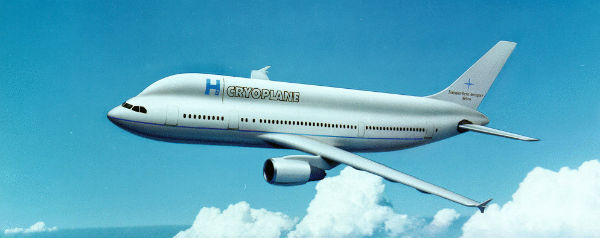
A Star is Born
In fact, hydrogen propulsion has been utilised practically to an air vehicle since 1783. Yes, 2.5 centuries ago! It was implemented to a balloon by Robert brothers in Paris [2]. For the context, the another famous brothers (I assume you know who!), flew their first powered airplane in 1903 in the air of Kitty Hawk, California [3]. You aren’t misread this, balloon is categorized as lighter-than-air aerospace vehicle. So, that is still considered as air vehicle. Later, some airships were constructed based on hydrogen in 19th century [2].

And finally, the well-known organization, National Advisory Committee for Aeronautics (NACA) initiated the study of liquid hydrogen, namely NACA-Lewis Flight Research Program. Now, they are NASA as you surely know. In case, you wanna work there here is the link to learn NASA history for the interview hehehe [4]. The main conclusion of this project is “liquid hydrogen fuel has an significant advantage of improvement in maximum range”. Therefore, they tried it out by installing liquid hydrogen in the wingtip of B-57 aircraft in 1955 [2]. 11 years before Jasmerah speech. Apart from that, Lockheed Aircraft Corporation commenced a conceptual study of hydrogen fueled aircraft in 1954 called CL-400 Airplane Project. U.S. Space Program launched series of hydrogen engine program, such as Rocketdyne J2 engine [2]. I wouldn’t list more projects like an introduction or background part of a paper cause it’d be exhausting to read here wkwkw…
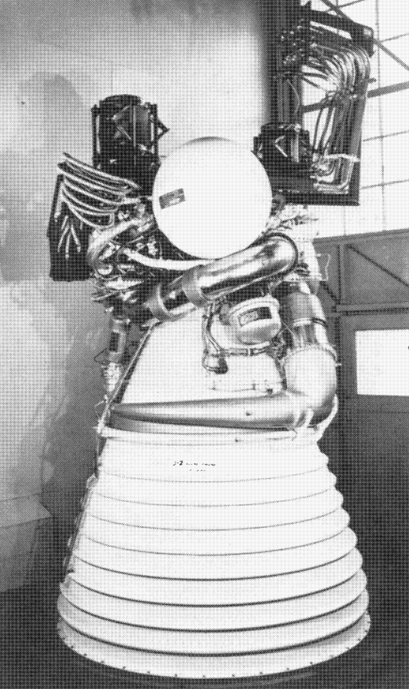
Cryoplane is a Gen Z
To provide more insights, it is a good idea to look at one important project of hydrogen aircraft. By exploring the Cryoplane project, hopefully we know what aspects to consider to build hydrogen aircrafts. First thing first, let’s read the short CV of Cryoplane project.
Name : Liquid Hydrogen Fuelled Aircraft – System Analysis [5]
Nickname : Cryoplane
Birth Date : 1 April 2000
Age : 26 months
Parents : European Commission*
Do you think it is long or short life of a project? Kindly let me know…
* But one sure thing, her parents are numerous. In collaboration of 35 organizations, spread all across the Europe, working on this project.
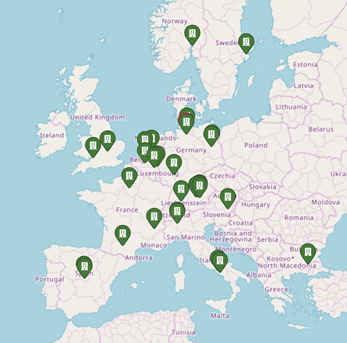
There existed 9 Work Packages (WP) in Cryoplane project. These WP have specified jobs and were handled by several of the partners mapped in the image above. Safe to say that these works are necessarily needed to adopt hydrogen as a propulsion technology of aircrafts. So, if you wanna be an hydrogen aircraft conceptor, better pay attention to this research strategy [5]:
WP1 Project Management: normal things, organize the projects to fulfill the targets. No specified description needed!
WP2 Aircraft Configuration: studied the aircraft categories that hydrogen propulsion can be applied to (business jet to very large long range aircraft). Also conducted research of conventional (without changing major aircraft architectures, i.e. fuselage, engine, wing, tail, etc) and unconventional configurations (i.e. blended wing body, twin boom, etc) as well as their impacts to the Maximum Take-off Weight (MTOW), Operating Weight Empty (OWE) and fuel consumption.

WP3 Systems and Components: to determine fuel system architectures, made a list of system components for hydrogen propulsion. For instance: tank, valves, pumps, pipes, fire protection system, fuel system control. Moreover, they listed materials that are suitable for the hydrogen storage.
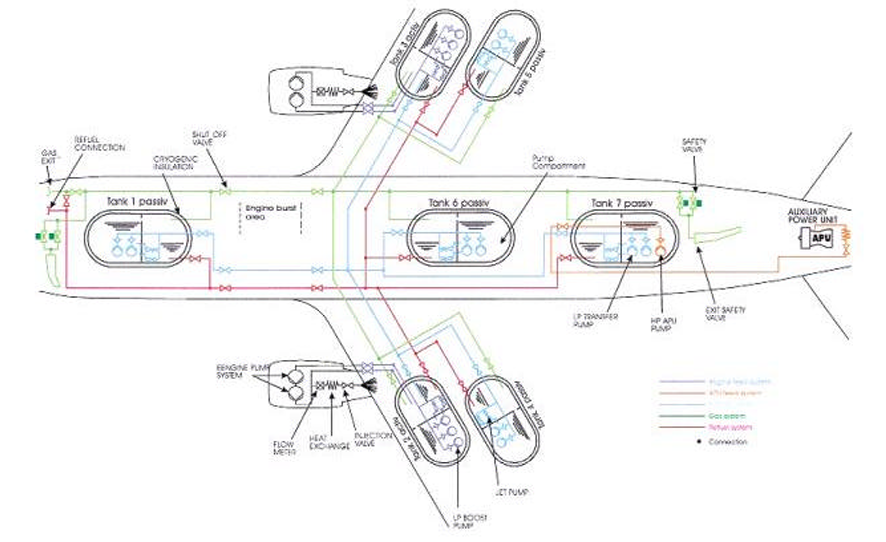
WP4 Propulsion: feasibility study of adapting existing gas turbine engines with minimum components changes and quantified its performances. At the end, they concluded that conventional kerosene turbofan engines could be modified to burn hydrogen.
WP5 Safety: some safety assessment were considered regarding the hydrogen fuel implementation, such as bird strike, lightning strike, emergency landing, fire protection system, etc.
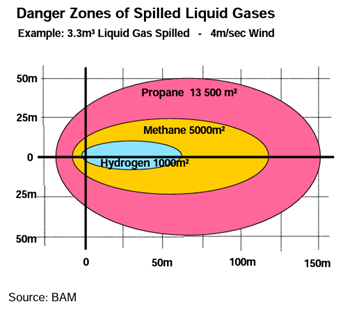
WP6 Environmental Compatibility: as already discussed many times in this series, the environmental impacts were assessed in Cryoplane project. Gaseous emission, contrails, and as well as Life Cycle Analysis (LCA) of hydrogen had been evaluated.
WP7 Fuel Sources and Infrastructure: worked on describing infrastructures and processes need to be provided to support the operation of hydrogen aircrafts. From H2 production, liquefaction, storage and distribution at the airport.
WP8 Transition Scenarios: provided 3 transition scenarios of the hydrogen in aviation future. This WP specified to what extend hydrogen will be adopted in what years.
WP9 Trade-off Study: Slush: an assessment was performed when hydrogen is stored in solid phase. Then, the overall impacts in aircraft level were studied thoroughly. Can be trade-off of anything!
Long story short, you better consider those 9 aspects (philosophically speaking rather than WP) when organizing a hydrogen aircraft project.
MW
If you wanna explore more:
[2] Brewer, G.D., 2017. Hydrogen aircraft technology. Routledge.
[4] https://history.nasa.gov/naca/overview.html
[5] European Commission. 2003. Liquid Hydrogen Fuelled Aircraft – System Anaysis (Final Technical Report (Publishable Version)).
[6] https://cordis.europa.eu/project/id/G4RD-CT-2000-00192
[7] Reinhard, F. 2001. CRYOPLANE. Airbus Deutschland GmbH, Hamburg.